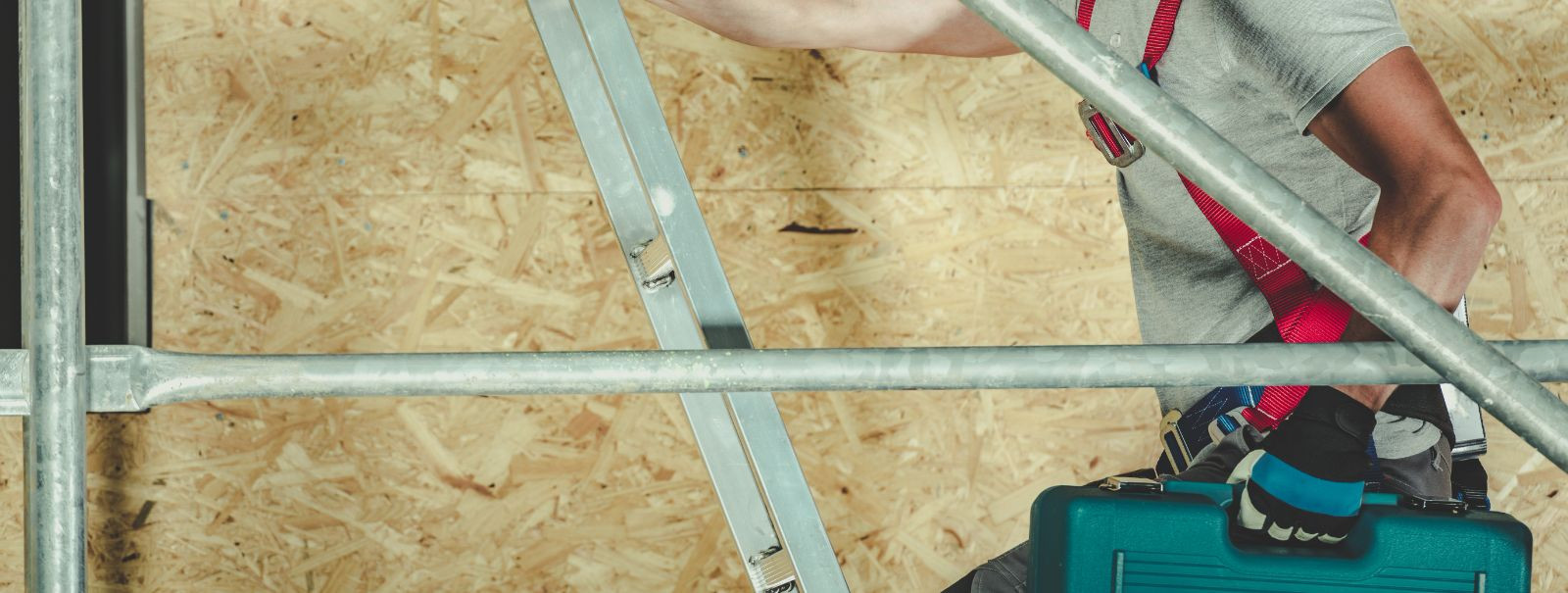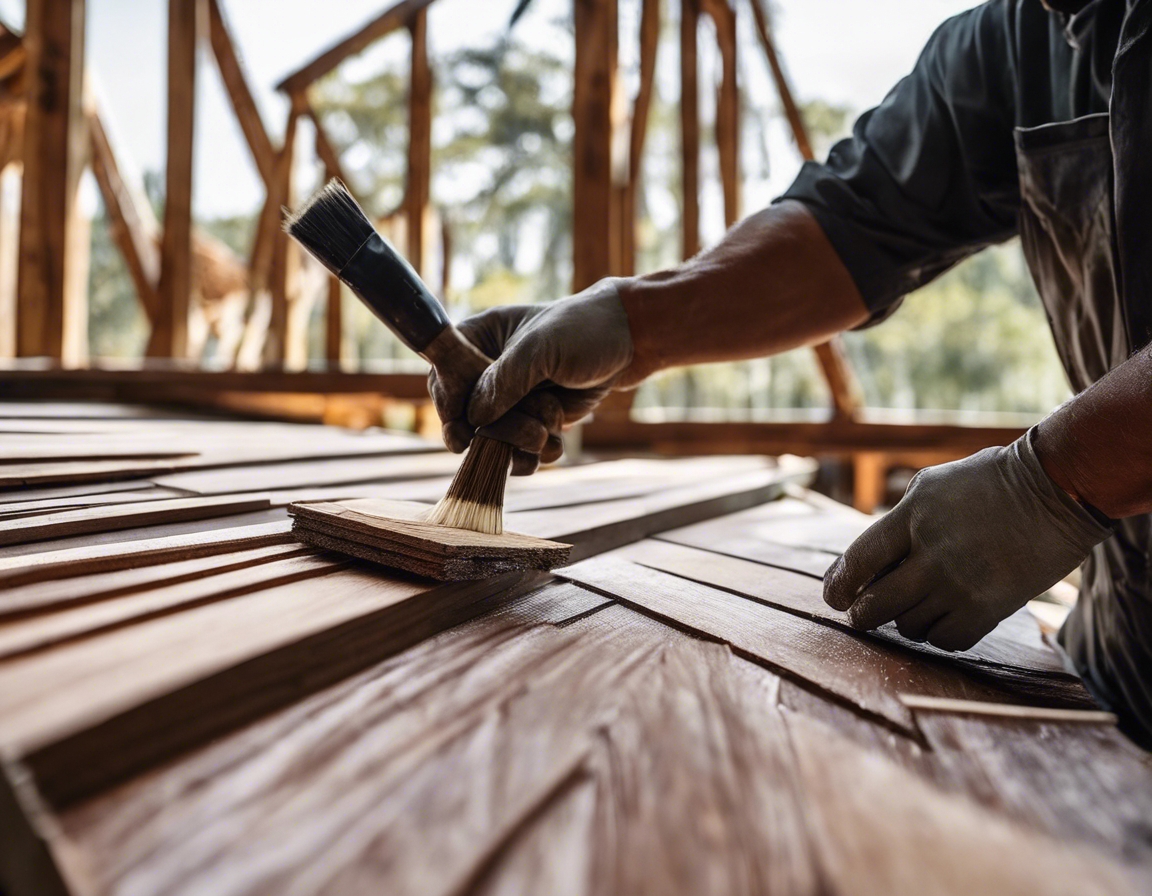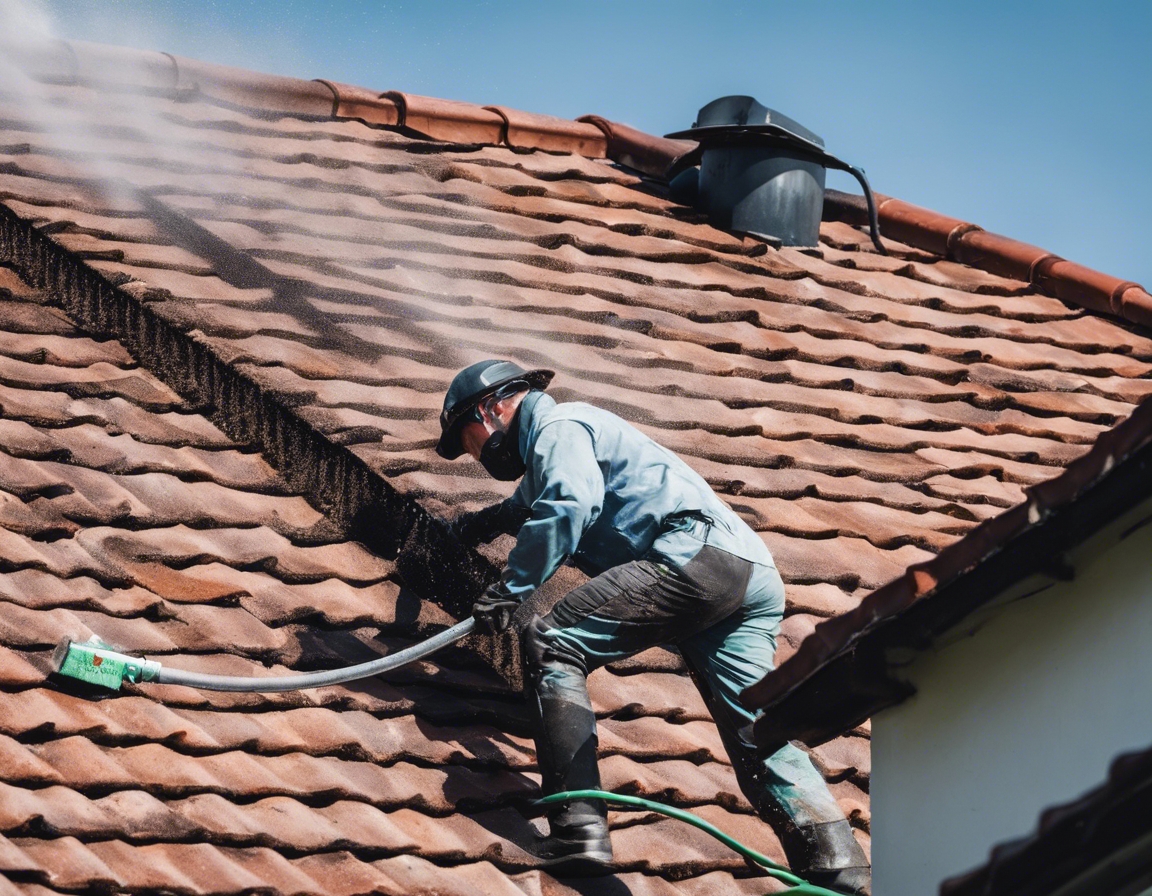The ultimate guide to choosing roofing materials
Choosing the right roofing material is crucial for the safety, durability, and aesthetic appeal of your property. It's a decision that affects the building's overall integrity and can have significant financial implications over time.
Several factors come into play when selecting roofing materials, including climate, building design, budget, and personal preferences. Understanding these factors will guide you in making an informed decision.
Types of Roofing Materials
Asphalt shingles are the most popular roofing material due to their cost-effectiveness and ease of installation. They come in various colors and styles, suitable for a wide range of architectural designs.
Metal roofing is known for its longevity, durability, and energy efficiency. It can withstand extreme weather conditions and is available in multiple styles and finishes.
Clay and concrete tiles offer a distinctive look and are highly durable. They are ideal for homes with a Spanish or Mediterranean architectural style and can last for decades with proper maintenance.
Slate roofing is one of the most durable and long-lasting materials, offering a natural look that can enhance the beauty of any property. It is, however, one of the more expensive options and requires a sturdy structural foundation.
Wood shingles and shakes provide a rustic aesthetic and have been used for centuries. They require regular maintenance to prevent decay and are not recommended in fire-prone areas.
Synthetic roofing materials, such as rubber, plastic, and polymer roofing, are designed to mimic the look of natural materials while offering enhanced durability and lower maintenance requirements.
Considerations for Choosing Roofing Materials
The local climate is a primary consideration when choosing roofing materials. Materials must be able to withstand local weather patterns, such as heavy rain, snow, high winds, or intense sun exposure.
Longevity and durability are essential for minimizing replacement costs and maintaining the structural integrity of your property. Different materials offer varying lifespans and resistance to wear and tear.
The roofing material should complement the architectural style of your property and enhance its curb appeal. The right choice can significantly impact the building's overall appearance.
Energy-efficient roofing materials can reduce heating and cooling costs by providing better insulation and reflecting sunlight. This is an important consideration for environmentally conscious homeowners and those looking to save on energy bills.
Cost is a major factor in the decision-making process. It's important to balance the initial investment with the expected lifespan and maintenance costs of the roofing material.
Local building codes and regulations may restrict the use of certain roofing materials. It's important to be aware of these regulations before making a selection.
Maintenance requirements vary by material. Some materials may require more frequent repairs or specialized maintenance, which should be factored into the overall cost and convenience of the roofing material.
Installation and Professional Expertise
Proper installation is key to ensuring the longevity and performance of your roofing material. It's crucial to hire experienced professionals who specialize in the type of roofing material you choose.
Selecting a reputable contractor is as important as choosing the right material. Look for contractors with a proven track record, proper licensing, and insurance to ensure a high-quality installation.






Comments (0)